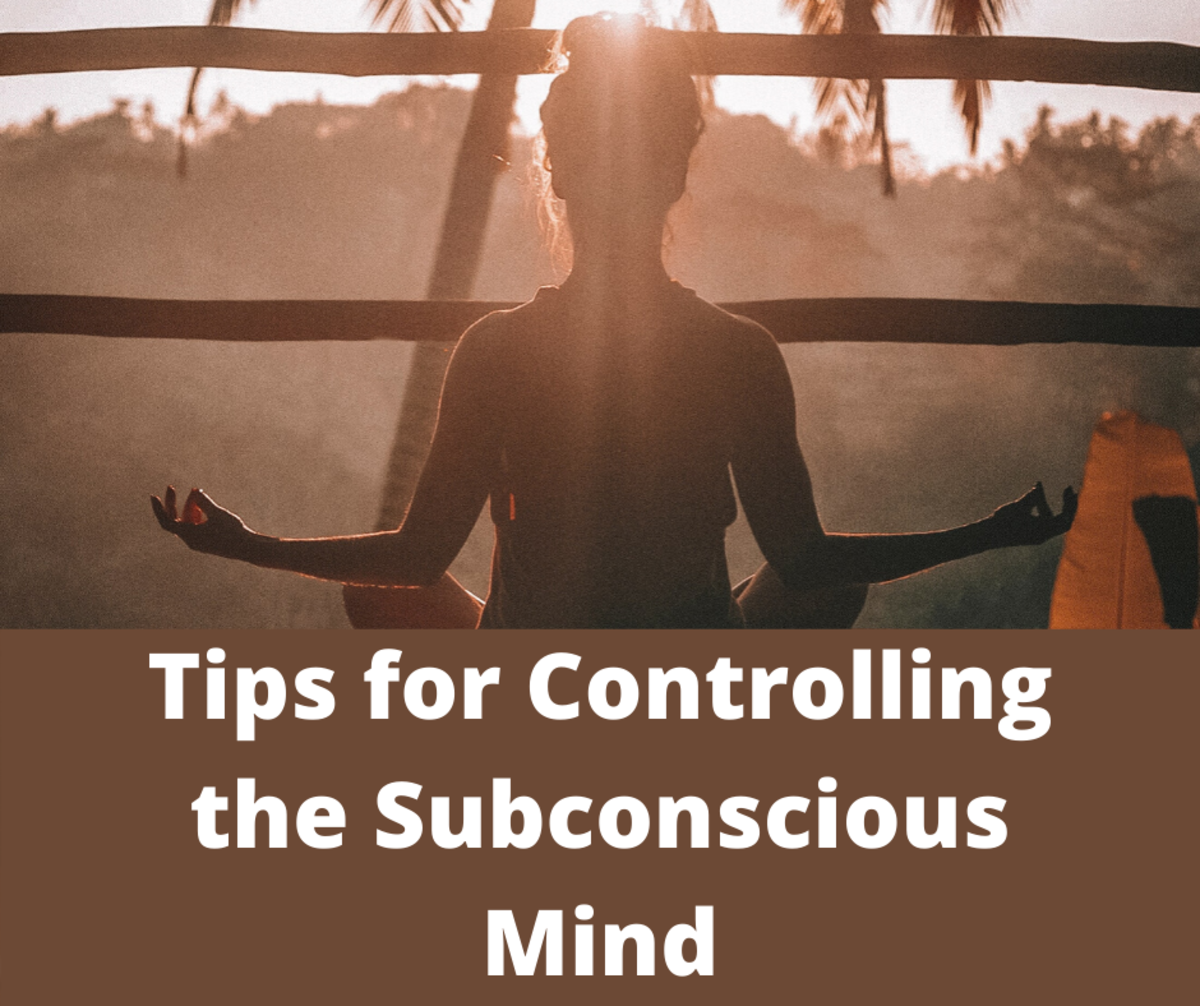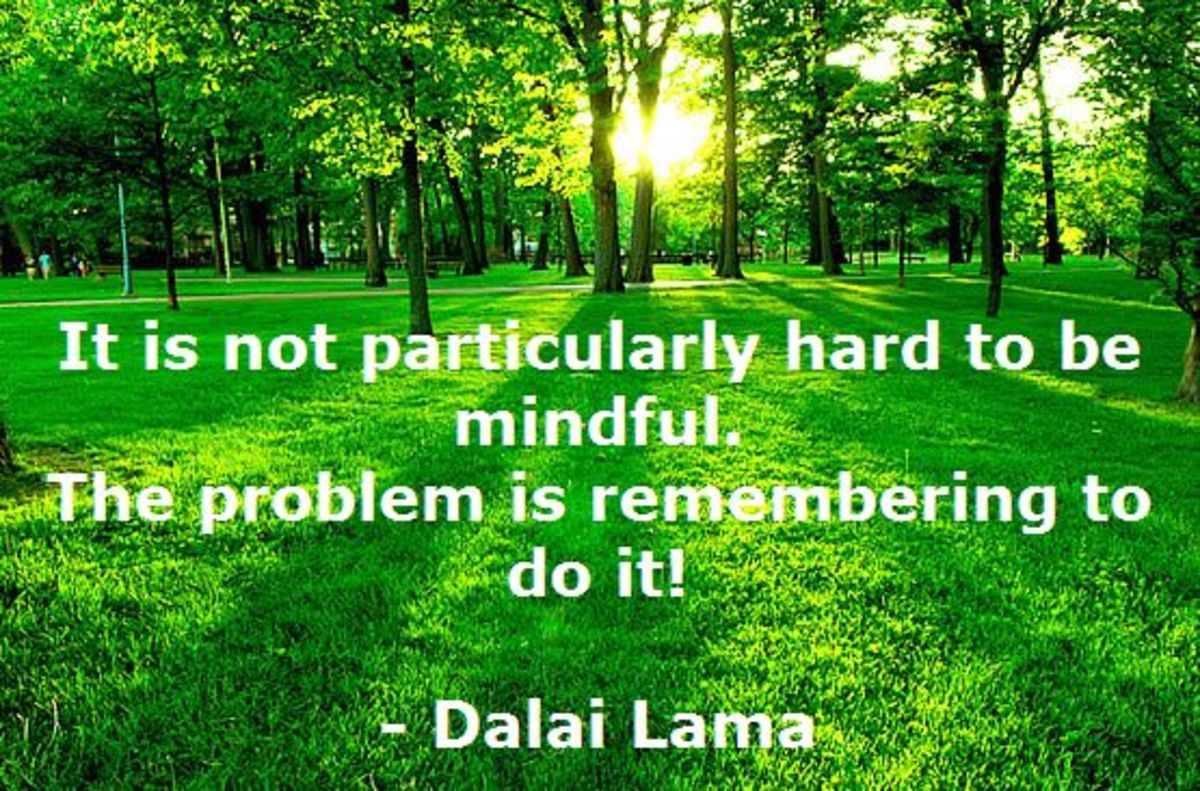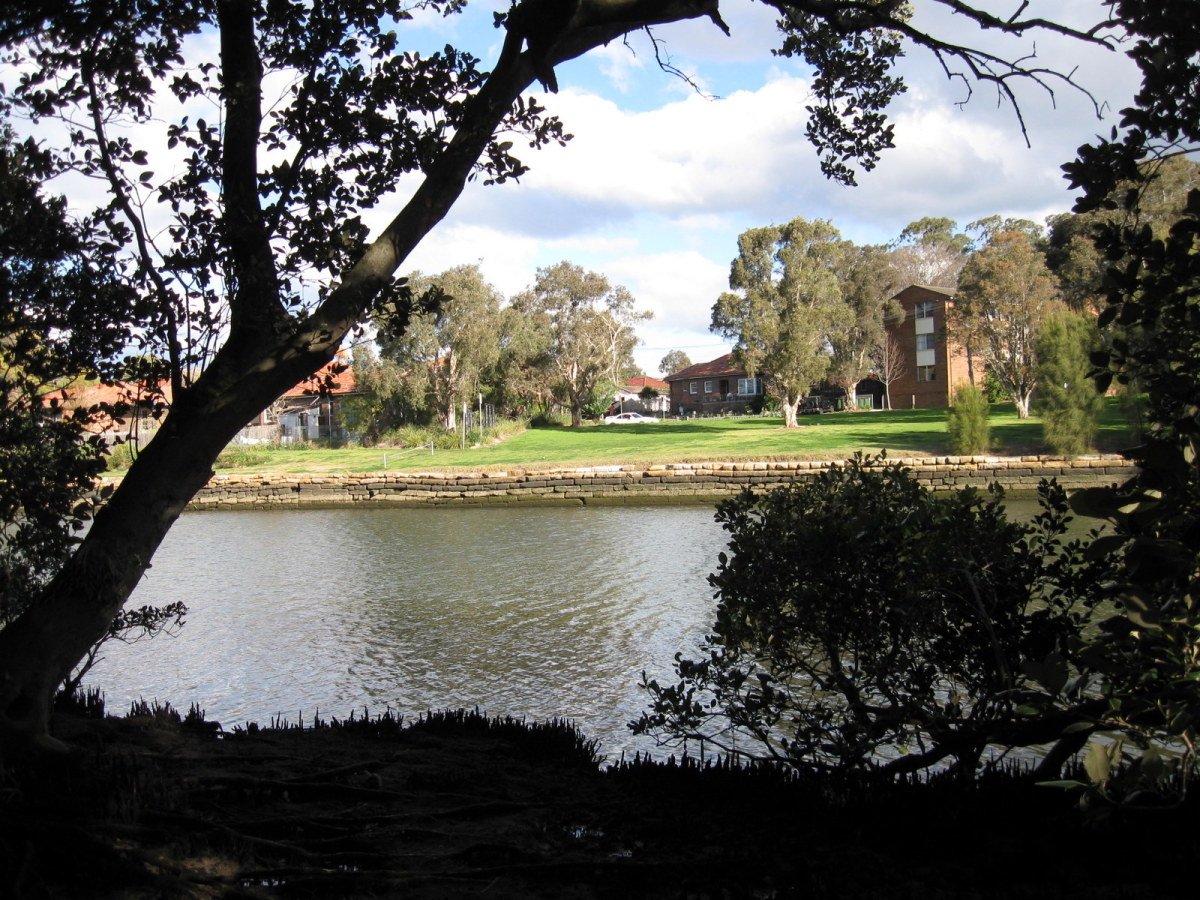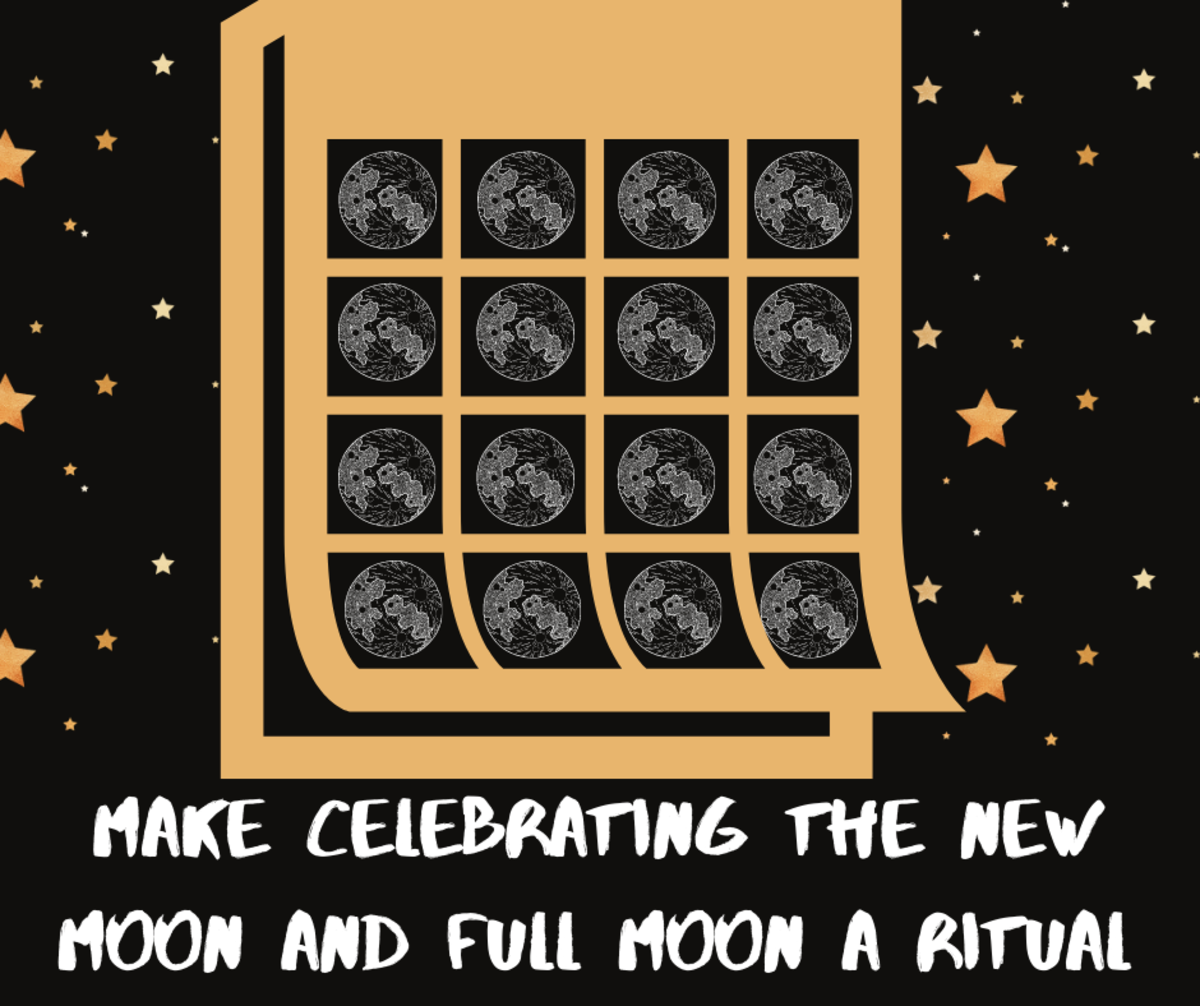Meditation and the Silent Mind
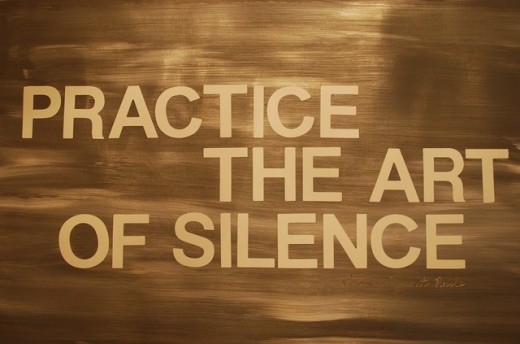
My own quest to understand the theory and practice of meditation began at the age of 16 and now at 57 years old I find that I am still learning and experiencing ever deeper layers of the meaning of meditation, as it unfolds, lotus like, revealing more of its true essence. Meditation for me therefore is not so much a practice that I engage in, but is more in the nature of attempting to achieve a state of being or rather a process of becoming.
Meditation, in essence, is so fundamentally simple, that in fact a book on the subject need only have one page between the covers. That page would merely read “Enter the Silence.” The book would need no other adornment or photographs or text; just that one page of three simple words.
No one would buy the book of course, and no publisher would dare print it, yet in those three words would be conveyed the whole meaning of meditation beyond every technique that you have ever learned. Fix the mind on those words carefully and you will have a complete understanding of the process of meditation, especially when the words themselves lose their meaning and thoughts have ceased.
Enter the Silence
A Focused Mind
But how do we get to such a sublime state, where the thoughts cease and the mind-waves are totally still? Before even entering into a discourse on meditation it is vital that you understand the one fundamental that is often overlooked; there is no meditation per se, without concentration first.
Concentration leads to meditation.
When the mind is fixed on one point this naturally produces a meditative state. One becomes somewhat entranced, yet with a relaxed focus that enables you to channel mental energy and hold it on one spot.
The mind is by nature, inquisitive, so it really is natural for the thoughts to go from one place to another. Think of the mind as being composed of mental energy or mind-stuff (known as ‘chitta’ in the East) which is rather liquid in form and therefore very malleable and able to mould itself into anything that it gives its attention to.
If water is poured into any vessel it will immediately take the shape of that vessel into which it is poured. Mental matter (for want of an adequate way to describe the nebulous) will mould itself into whatever it enters. But the obstacle to meditation is that very tendency of the mind to wander onto pastures new, to be poured into another vessel.
The first prerequisite therefore, to even coming close to true meditation is to learn to train the mind in concentration techniques which direct the mind into a steady, relaxed focus in which the thoughts do not waver or flit from one thing to the next. In other words, we allow the mental matter to mould itself into just one vessel, into one thought, and not continually pour the mind-stuff into other vessels.
Most people cannot concentrate for more than a few minutes and it has been demonstrated that people lose concentration after about half an hour or so of reading a book for example. Few films these days are as long as three hours because audiences cannot sit through a three-hour movie. There is clearly something amiss with the ability to concentrate in this modern world that is filled with myriads of distractions.
When we truly concentrate, there is a natural stilling of the mental chatter. If the mind is constantly jumping from one object or thought to the next, then this creates an inner restlessness, meaning that it is impossible to enter into the condition of true meditation.

Focus on One Thing
One of the best forms of concentration practice is Candle Gazing. (I have devoted another article on HubPages to this very subject alone, and I refer you to that for more detail.)
The practice is to be conducted with eyes that are softly focussed on the flame. Try to conjure up a sense of relaxed, very soft eyes, gently gazing at the flame only. Do not look beyond the flame or at any faintly visible objects in the room, and just become aware of how you start to become at one with the candle flame.
Bring the attention to your breathing, just breathing gently in and out through the nostrils with the mouth closed. In Eastern mysticism, it is well known that whatever we gaze upon we partake of the essence of that thing. We draw the energy of that thing into ourselves and we 'become' what we see.
This is how the mental matter or chitta operates in moulding itself into the object of attention. The intention behind the candle-gazing is to feel the bright light of the flame inside your being as the all-embracing stillness emitted by the candle pervades you.

You mentally become the candle flame; still, bright and one-pointed, fully absorbed in the soft focus upon the flame itself and undisturbed by the vicissitudes of life. Nothing else matters. What the mind perceives it will take the shape of and become, as water fills a vessel. If you look at the world around us it is easy to understand the profundity of this statement.
When this is complete, after about another 5 minutes, you may come out of the concentration practice or go further towards the goal of meditation itself. Note that I do not say that this practice is meditation; it is a concentration practice, which is beautiful by itself, and it is training your mind to become fit for true meditation which will far surpass this experience when you reach that goal.
Notice how clear the mind has become. Were there any other thoughts? It is likely that the mind, in such training has learned to still itself sufficiently to the point of becoming focussed on just one thing i.e. the candle flame and nothing else. That in itself is an accomplishment.
You will function far more effectively every day in other areas of your life outside of this kind of concentration practice, for the benefits are very far reaching. We are learning to anchor the mind, so that the ship of the mind no longer drifts on the rough currents of unbridled thought. When we anchor thought on one point, we can then see all of life more clearly, just like the candle burning brightly in the dimness of the room.
Bringing the mind to one point means that we gain more self-control and develop our higher, more spiritual qualities. We become flame-like, still, bright and untouched by the surrounding environs, and even if a passing gust disturbs us momentarily, we return to the semblance of the balanced, perfected, bright point of light.
As a further analogy, think of the cyclone that whirls around whipping up everything into its path; it has been proven by science that at the centre of the cyclone there is a still point of peace. Nothing can disturb that point of peace, not even sound, for the centre of the cyclone is a vacuum of great and profound silence. You become this centre of peace amidst the raging world around you. Candle Gazing can lead us towards the deep inner silence that we seek as it trains the mind to Enter the Silence by fixing on one point. No meditation is possible without this necessary training, and I hold that Candle Gazing is one of the best methods for attaining this.
Beyond Thought
When you have been able to regularly practice concentration exercises, it will become much easier to enter into a naturally meditative state. So many people fail in their meditations because they have not yet mastered basic concentration techniques. The mind remains busy, unable to shut off and they give up the practice completely.
There are many concentration practices that you can try. Gazing at a natural object such as a stone, a leaf, or a flower, for example, and really allowing the mind to fully engage with it. See it with a renewed, child-like wonder, as you gaze gently at the object. Or try gazing at a colour that appeals to you, or a mandala design on a piece of paper, or even a three-dimensional object. Place any of these things before you on a low table at a level where you can best view them. Small things might be held in the palm of your hand for concentration practice.

As you develop further in concentration and meditation, you might try gazing at the tip of the nose, with the eyes half-open. This takes practice and is quite advanced. Feel that you are gazing at the space between your eyes. Try this for a minute or two, and build up to two or three minutes. You will notice that your mind has a natural tendency to close down and become silent. When you close your eyes again, just stay with the silence that this practice created. You can even visualize your object mentally with eyes closed, and hold that mental image for a further minute or so.
With diligence in concentration practices, you will finally experience moments of genuine mental peace and true equilibrium whereupon a vacuum is created in which there is no constant mental chatter; I call this place the point of no thought. We are now just observing only, without judgement or analysis. We no longer mentally name what we see. There is no 'red' or 'blue' or 'flower' or 'stone'. We are just being present with the object without forming any thoughts around what it is.
With very good reason it is stated in the Bible “Be still, and know that I am God.” This practice will then lead, eventually, to that wondrous experience known in Eastern mysticism as Samadhi, or the Superconscious State. That is how the great mystics and spiritual teachers have attained understanding of the Godhead and have accomplished the various developmental faculties of the advanced adept or saint.
One more vital note on meditation as such, is that you cannot confine it to the goal of half an hour or so of each day; it is imperative that you ‘link in’ to the memory of your concentration and meditation experiences and carry the feeling of that experience with you each day, wherever you are. Do not just jump up from meditation and carry on as if you have finished off a necessary chore.
Incorporate the sense of being in the meditative state throughout the day because in order to truly understand meditation, one must attempt to bring its effects forward into every day life as much as possible. Observe closely what you see around you every day with the presence of deep awareness. Use moments of the day when you specifically ‘link in’ mentally to this feeling and notice the changes in your inner state of being.
The role of meditation is to use it as a vehicle for transforming your consciousness by degrees of deeper inner awareness that is alert to the world and yet is both still and silent inwardly, aware and yet unruffled by the outer world.
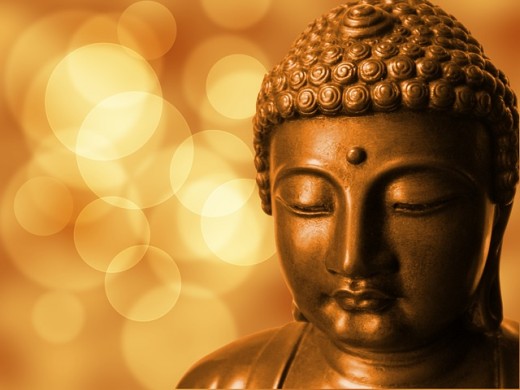
© 2018 S P Austen

